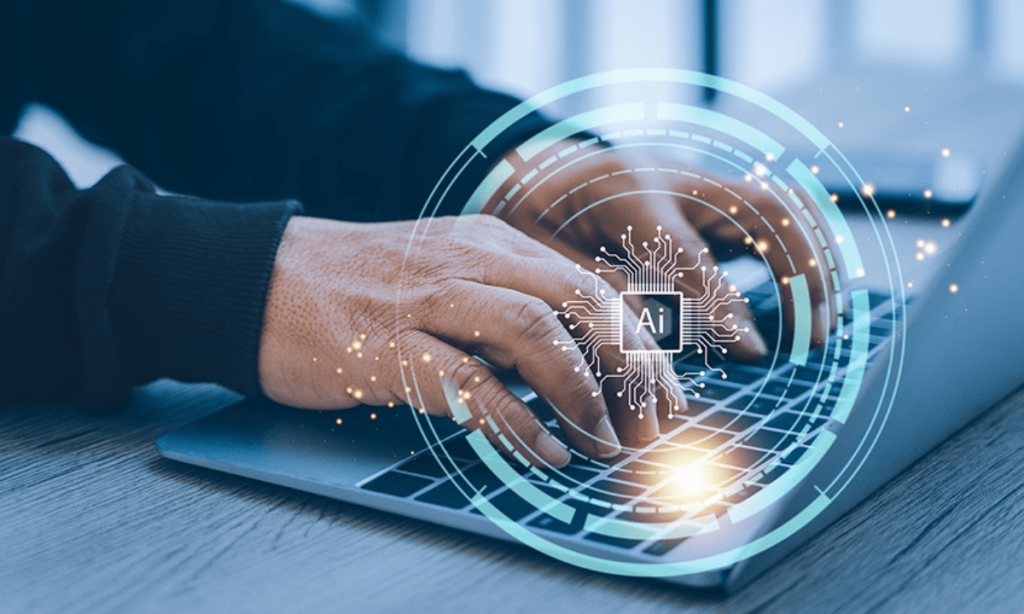
Introduction
The future of work is being rewritten by rapidly evolving technologies, most notably AI automation. Across industries, businesses are remaking workflows, employees are acquiring new skills, and companies are finding new ways to advance automation and productivity. Artificial intelligence is no fad, as it becomes a driving force for economic and social change.
This blog explores the interaction between AI and work, examining future challenges and opportunities, as well as the evolving dynamic between AI and the workforce.
How AI Automation Changes the Workforce ?
Greater use of AI in the workplace is transforming traditional jobs. Repetitive, tedious jobs in sectors like manufacturing, logistics, and even customer service are increasingly being performed by intelligent systems.
For example, Amazon uses AI-driven robots in warehouses to sort, move, and pack goods, drastically improving delivery speeds. In banking, chatbots powered by AI are managing customer queries around the clock, reducing wait times and freeing human employees for complex problem-solving.
The Impact of AI on Jobs and Skills
The impact of AI on employment is two-fold. On the one hand, automation reduces the need for human labor in repetitive tasks. On the other hand, it creates opportunities for more significant, creative, and strategic roles.
Take the healthcare sector: AI is assisting doctors by reading X-rays and MRI scans more rapidly and accurately than was previously possible. Instead of replacing doctors, these technologies allow them to focus on patient treatment and decision-making. Similarly, in marketing, AI tools like ChatGPT and Jasper AI assist with content creation, but human marketers must ensure originality and brand voice.
Productivity Gains Through AI Automation
Most exciting of all is the promise of AI automation driving automation and productivity improvements. Whether predictive analytics in the healthcare space, AI-powered supply chain optimization, or something else, businesses are cutting costs, reducing the error rate, and speeding things up.
Tesla, for example, employs a lot of AI-driven robots in automating the production of cars. Not only does this speed up production, but it also ensures accuracy and consistency in every vehicle produced. In banking, AI programs can identify fraudulent transactions instantly—something that was not possible for humans to do on the same level.
Maintaining Automation and Employment Balance
The interplay between automation and employment is complex. It’s not so much a matter of job displacement—it’s one of job redesign. Work will be rearranged so that employees work alongside machines rather than against them.
In journalism, for example, AI may instantly produce news summaries or financial reports. Investigative stories, human experiences, and opinion columns are still, however, dependent on experienced journalists. In agriculture, intelligent AI-based drones will be able to examine crop health, but farmers are still necessary for decision-making and resource management.
Preparing for the Future of Work
The future of work is not on the horizon—it’s here. Businesses, employees, and governments must collaborate to forge a fair way forward. By leveraging AI and cooperative drivers, we can unlock new levels of productivity and automation while ensuring a sustainable workforce.
The ultimate goal must not be to replace people, but rather to empower them with intelligent machines and more intelligent patterns of working. If implemented effectively, AI in the workplace has the potential to redefine work in a way that is good for organizations and society.
The work of the future will be determined by the extent to which we integrate AI automation into everyday business and work. AI’s impact on employment is genuine, but so too is its ability to fuel new opportunities.
